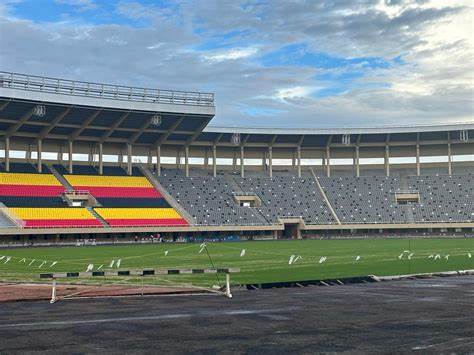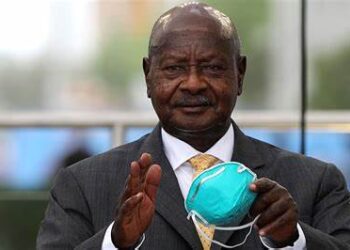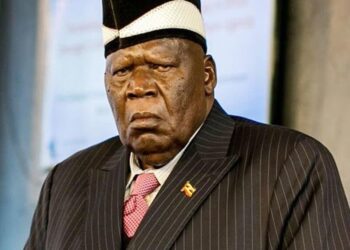By Peril Writer
In the heart of East Africa, anticipation and preparation for the prestigious AFCON2027 tournament are in full swing. However, recent revelations surrounding the renovation of Namboole Stadium in Uganda have cast a shadow over the country’s readiness to host such a monumental event. As allegations of substandard work by the UPDF engineering brigade surface, a deeper analysis of the situation is warranted to understand the implications for Uganda’s sporting infrastructure and reputation.
At the center of the controversy lies the renovation efforts spearheaded by the UPDF engineering brigade, tasked with bringing Namboole Stadium up to par with international standards. The stadium, originally constructed with funding from the People’s Republic of China in 1997, has long been in need of significant upgrades to meet the evolving requirements of modern sports facilities. With Uganda set to co-host AFCON2027 alongside Kenya and Tanzania, the pressure to deliver a world-class venue is palpable.
Parliament’s shock at the revelation by Speaker Anita Among, wife of the FUFA president, underscores the gravity of the situation. The discrepancy between the reported cost of the renovations—estimated at Shs97 billion—and the alleged substandard quality of work raises concerns about accountability and transparency in the execution of such projects. While UPDF spokesperson Brig Gen Felix Kulaigye denies these claims, citing ongoing financial constraints, the credibility of the renovation process comes under scrutiny.
The significance of adhering to international standards, particularly those set by FIFA and CAF, cannot be overstated. As Uganda strives to position itself as a formidable host nation for AFCON2027, the quality of its sporting infrastructure serves as a reflection of its commitment to excellence. However, allegations of substandard work not only tarnish Uganda’s reputation but also raise doubts about its ability to meet the stringent requirements set forth by international sporting bodies.
Comparisons with Kenya and Tanzania, who are also ramping up their infrastructure efforts in preparation for AFCON2027, highlight the competitive nature of hosting such a prestigious tournament. While both countries boast existing stadiums and ongoing construction projects, Uganda’s delayed renovation of Namboole Stadium places it at a disadvantage in the race to showcase state-of-the-art facilities. With AFCON2027 serving as a catalyst for economic growth and global recognition, the stakes have never been higher for Uganda to deliver on its promises.
The role of the UPDF engineering brigade in the renovation process raises questions about the allocation of resources and expertise. While the military’s involvement may initially seem unconventional, its track record of infrastructure projects and operational efficiency cannot be discounted. However, allegations of substandard work call into question the efficacy of this partnership and demand greater accountability from all parties involved.
Moreover, the impact of the renovation delays on Uganda’s sporting community and fans cannot be ignored. Mandela National Stadium, with its capacity of 45,000 spectators, serves as a hub for football enthusiasts and athletes alike. The prospect of hosting AFCON2027 holds immense promise for fostering national pride and unity, but only if the necessary infrastructure is in place to support such ambitions.
The controversy surrounding Namboole Stadium’s renovation epitomizes the challenges and complexities inherent in preparing for a major sporting event of global significance. As Uganda navigates the turbulent waters of allegations, denials, and financial constraints, the ultimate test lies in its ability to deliver a world-class venue worthy of the AFCON2027 spotlight. The lessons learned from this experience will undoubtedly shape the future of Uganda’s sporting infrastructure and its standing on the international stage.







Discussion about this post